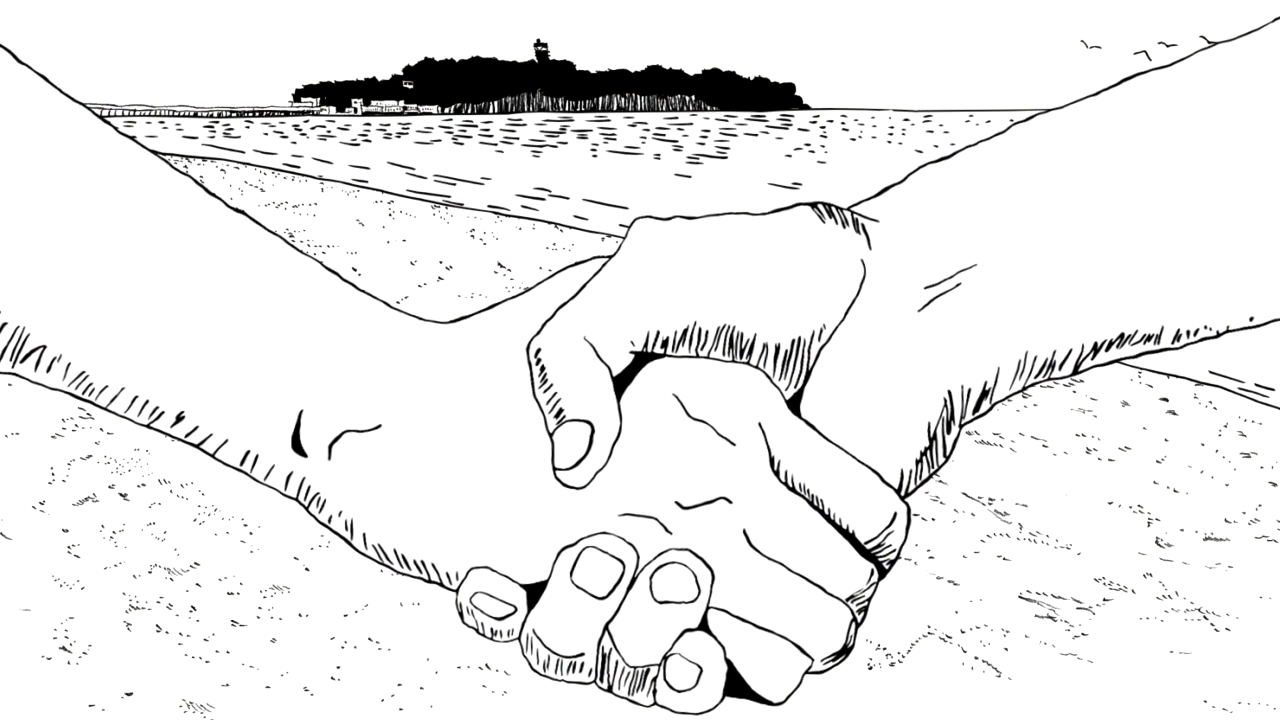I think an unnoticeable but very essential use of cinematography (right along with editing/storyboarding) is establishing a sense of rhythm in a scene. Different types of shots, angles, camera movement and lighting should blend together and make sense within the context of the scene. I think this is something Knights of Sidonia has done a good job with. The scene below I think is a good example of rhythm. The scene begins as the camera pans down on Nagate. The light on Nagate in the middle of darkness puts the focus on him and builds an air of mystery. The scene reveals Yure with a deep focus shot, this exudes a feeling that something is about to be revealed that concerns Nagate. The medium shot on Yure shows bubbles in the background, further building up the mystery and tension. The scene then cuts to a long shot to show scale, more tension building. Cuts to a medium shot of Nagate, light flashes and we see his shocked reaction. A long shot to finally show the Gauna Hybrid. All ...











